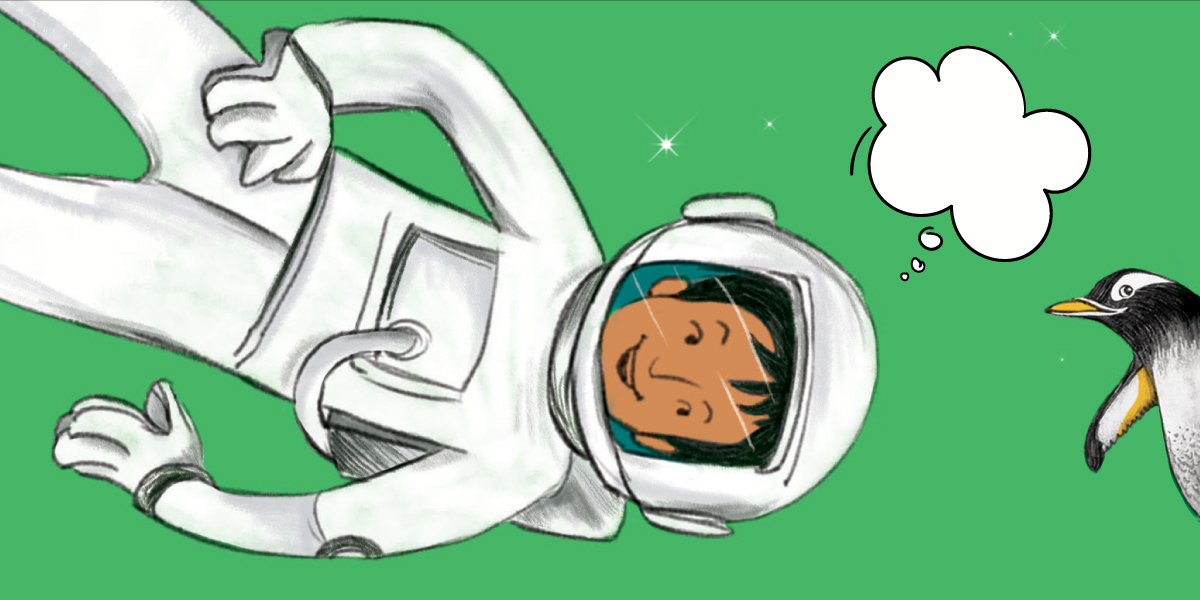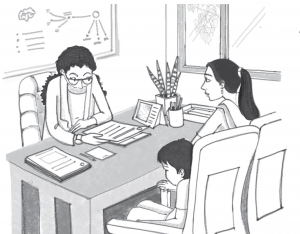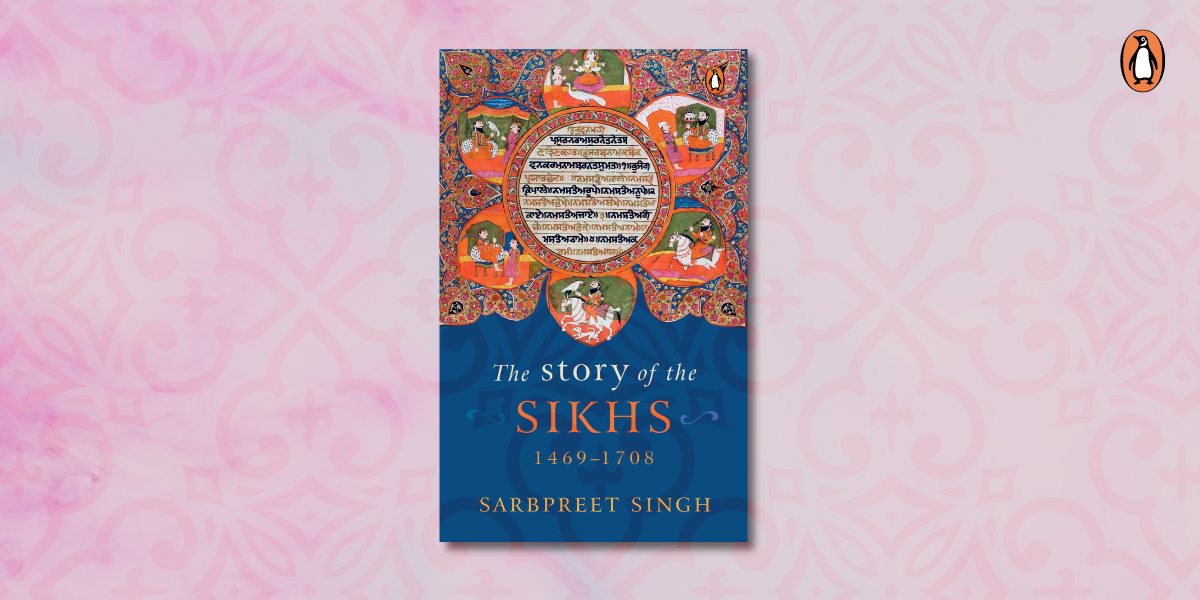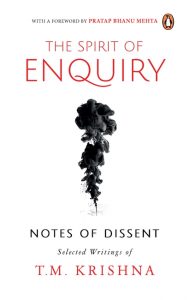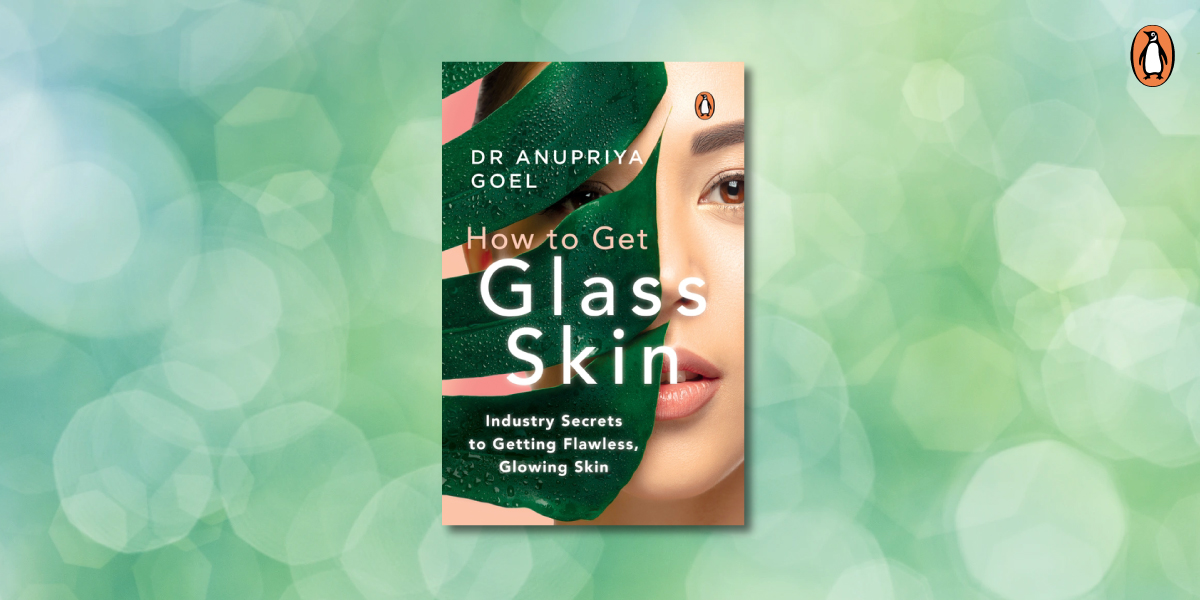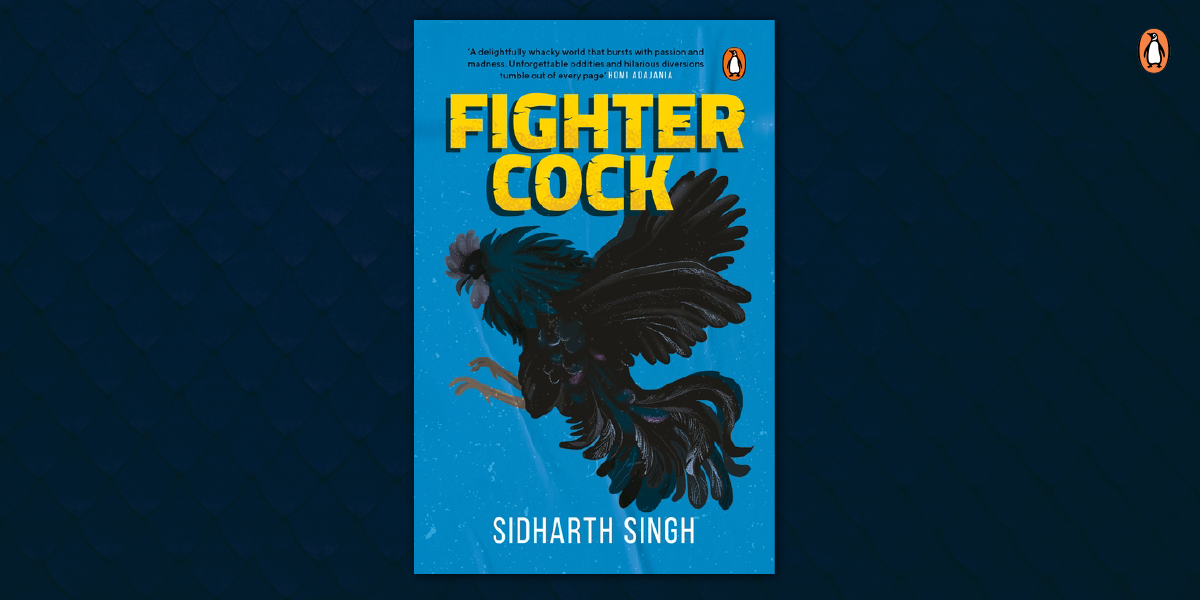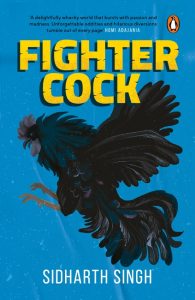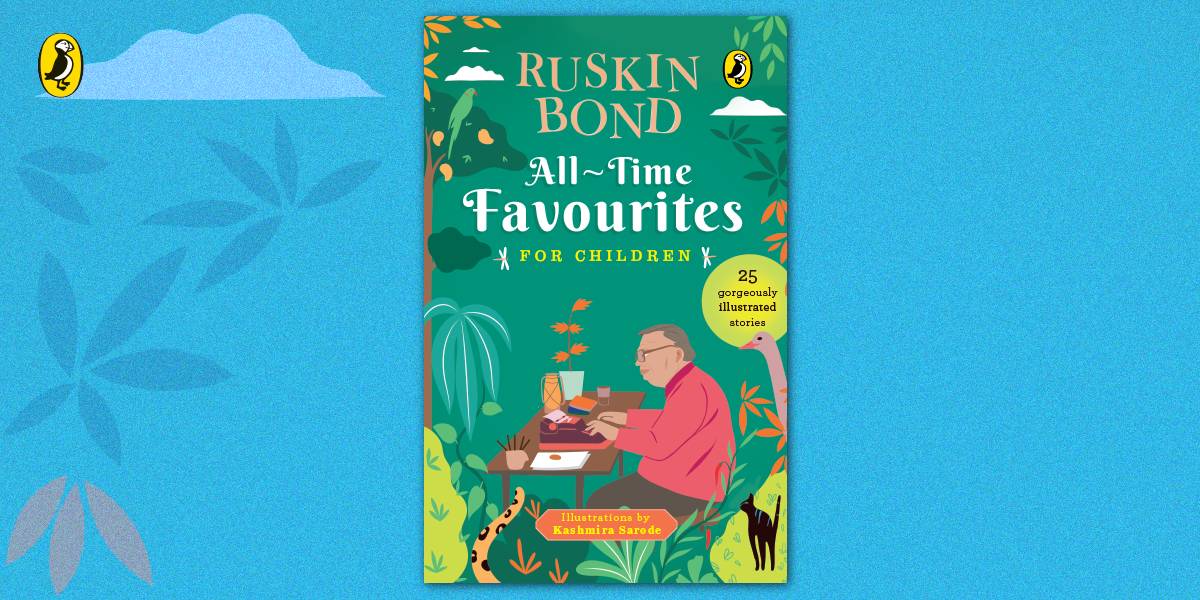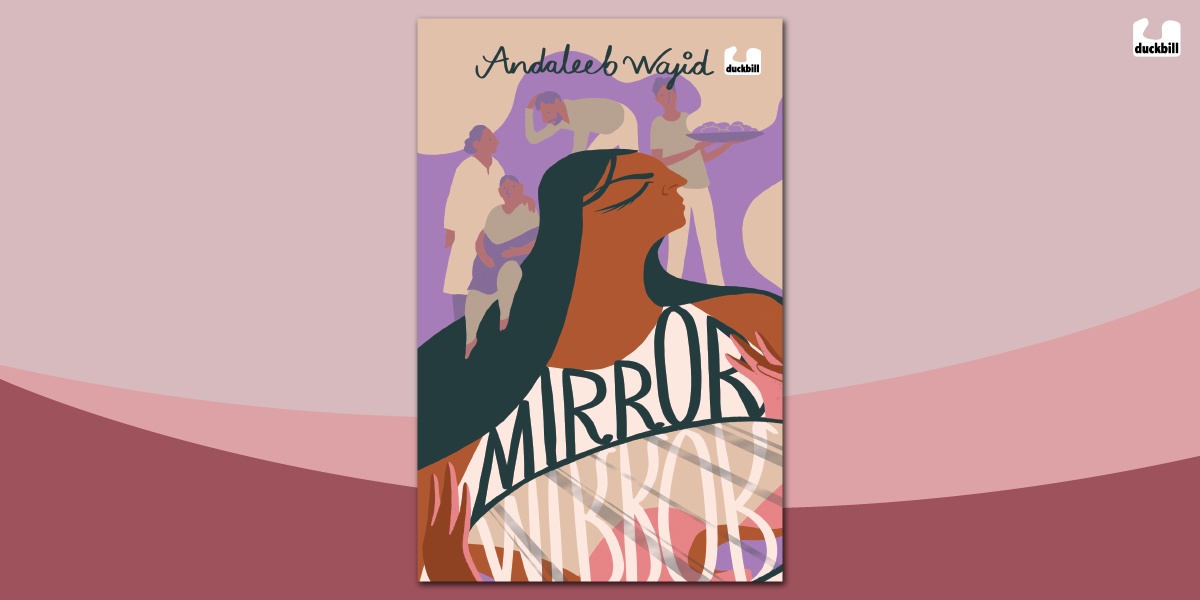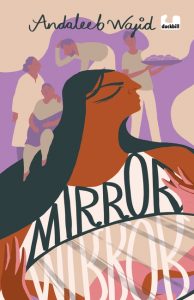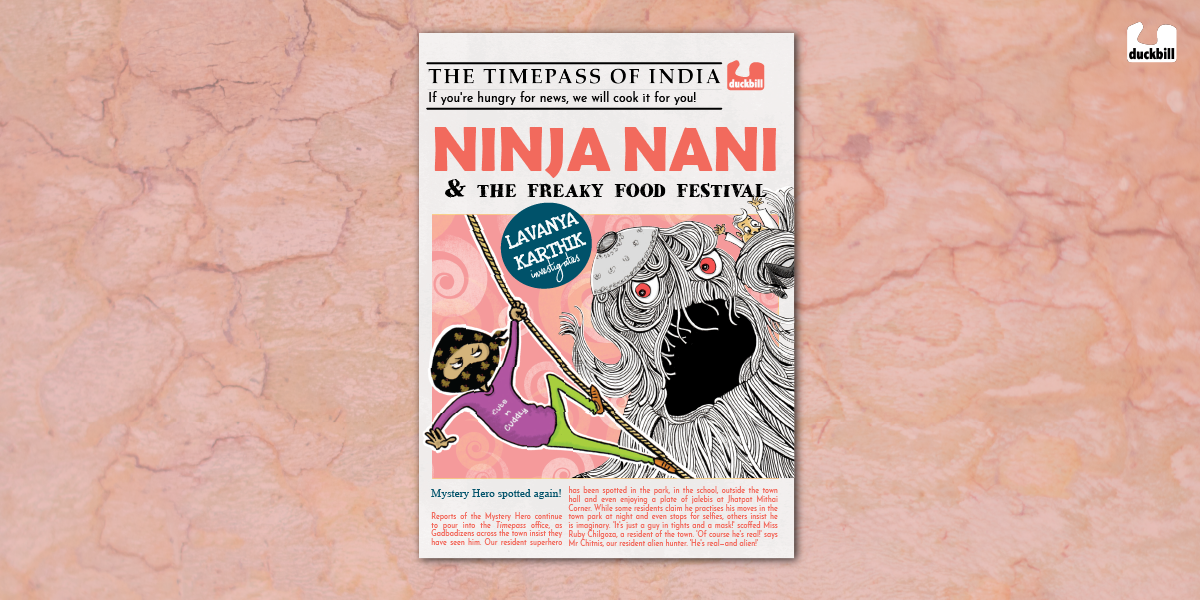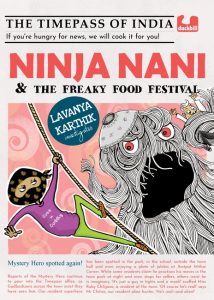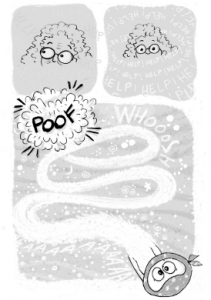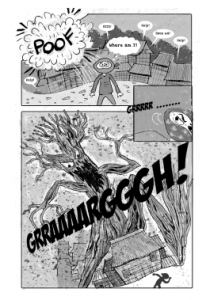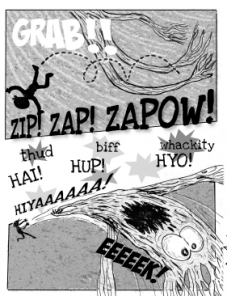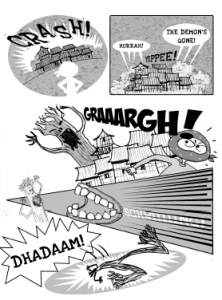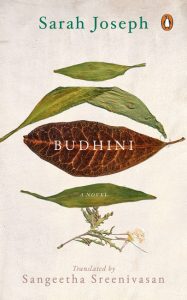Daydreamer Dev loves volcanoes…and daydreams of course!
Forever daydreaming-that’s Dev. Sitting in class or watching the clouds from the roof of Kwality Carpets, he floats off to places all over the world and has wonderful, bizarre adventures.
Mild-mannered schoolboy Dev is no stranger to survival in extreme environments. Classroom trances and home-made flights of fancy take him all over the place-what other kid could have visited Amazon rainforests, summited Mount Everest and crossed the Sahara? Along with the challenges of all this, he also needs to avoid the wrath of teachers and make Amma and Baba proud . . . Not so easy when your brain lives elsewhere!
**
Dr Ira wore dark-rimmed glasses and had a soft, round face and a gentle voice. Dev could imagine her speaking calmly as the Titanic went down. She listened carefully to Amma and adjusted her glasses to read the two pages supplied by Dev’s headmaster. Dev imagined himself shrinking very steadily so that by the time she looked up, he would be gone.
‘Dev, what do you think about all this?’ Dev realized that he must still be visible. ‘Ma’am, I think it’s very bad that Mrs Kaur needs to write so many notes,’ Dev said. ‘Amma doesn’t like them, and Baba must spend his time lecturing me about concentration and teaching me the meaning of words like “lamentable” and “deplorable”.’
‘Would you be able to tell me about one of your daydreams, Dev?’
Dev told her about the time he hit a six off the final ball at Wankhede Stadium to win the match against Australia, and about riding on a dolphin.
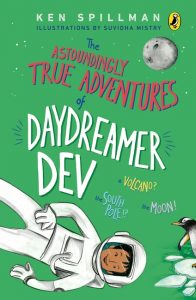
He was launching into another story when she interrupted.
‘Do you have some good friends, Dev?’
Surprised that she wanted to talk about his friends, he told her about Vihaan, Adil and the best of friends ever, OP—Omprakash, as only Mrs Kaur preferred to call him.
Dr Ira asked more questions and looked over his school reports. Eventually, she sat back and looked as squarely at Amma as a round-faced woman could manage.
‘It would be valuable if I could spend some time with Dev alone on another occasion. Would that be all right, Dev?’ Dr Ira paused and when Dev did not say no, she went on. ‘Let’s be clear—daydreams are normal. But recently, there has been some good research on what is called “maladaptive daydreaming”. This is when fantasy tends to takeover. And when fantasy takes over, it can get in the way of everyday things, such as education, or the jobs people do.’
Amma was like a sculpture. She was sitting bolt upright with her head tilted and her lips squeezed together.
‘Dev seems well adjusted socially,’ Dr Ira said.
‘And he’s managing at school. But Mr Bannerji and the school counsellor believe he is gifted and might do very much better.’
The sculpture beside Dev became Amma again.
She nodded vigorously. Dr Ira leant forward.
‘I’d like to explore this a little. Maladaptive daydreamers tend to imagine worlds and stories as relief in times of stress or boredom. In Dev’s case, I suspect it is boredom. But the ability to daydream so vividly that you experience a sense of presence in an imagined environment can be addictive. I can work with Dev to help him develop some strategies to manage it.’
The word ‘maladaptive’ came as a relief.
Evolution was all about adaptation. Dr Ira probably thought Dev needed to adapt, to evolve.
At least he wasn’t going to have an operation or an electric shock.
‘It will be quite painless, young man,’
Dr Ira assured, as if reading his thoughts. ‘Think about it like this. Active volcanoes don’t erupt every day. In fact, most of them very rarely erupt. Your daydreams can rumble away in the background and that’s healthy. We can try to limit unwanted eruptions that affect your education. Does that make sense?’
Actually, it did. And Dev rather liked volcanoes.
*
For ages 7+!







